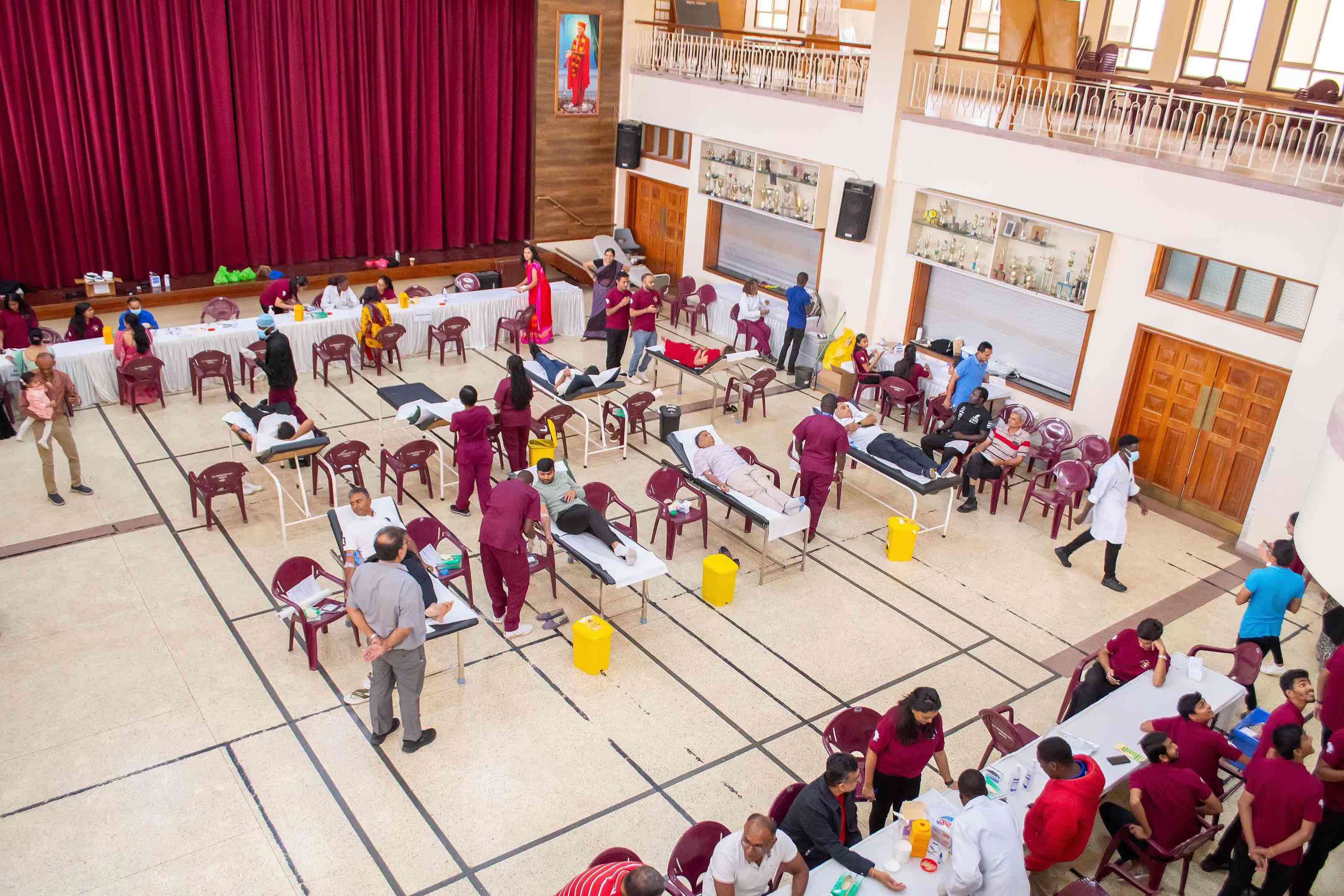
Imagine waking up each day with your body in pain, your energy gone, and your skin reacting to the sun—yet looking completely fine to everyone around you. No one sees what you’re going through, and even doctors struggle to give you answers.
This is the reality for many people living with lupus.
As we mark World Lupus Day 2025, let’s take a moment to understand this invisible illness—and why making lupus visible could change lives.
What Is Lupus?
Normally, your body is built to protect you—from germs, viruses, and anything that might make you sick. It’s like having a built-in security team. But with lupus, that security team—called the immune system—gets its signals mixed up. It thinks the body’s own healthy parts are dangerous. So it turns on the body, attacking healthy parts like the skin, joints, or even the heart and kidneys.
This confusion causes swelling, pain, tiredness, and damage in different parts of the body. And because lupus can affect so many areas, it can show up in many different ways.
This mix-up causes a wide range of symptoms like pain, swelling, extreme tiredness, and sometimes, damage to important organs.
What Does Lupus Feel Like?
- Lupus symptoms can vary a lot, but here are some common ones to watch for:
- Extreme fatigue (not just “tired”)
- Joint pain or swelling
- Skin rashes, especially a butterfly-shaped rash across the face
- Hair loss
- Fevers without a clear cause
- Chest pain when breathing deeply
- Sensitivity to sunlight
Some people may only have a few of these symptoms. Others may experience many. And sometimes, the symptoms come and go. This unpredictable pattern is called a flare.
Who Gets Lupus?
Lupus mostly affects women (especially ages 15–45) and is more common in African, Asian, and Hispanic people. It’s not contagious, and it’s not caused by something the person did.
Can Lupus Be Cured?
There is no cure—yet. But there’s good news:Lupus can be managed with medication, lifestyle changes, and regular support from a type of doctor called a rheumatologist.
Many people with lupus lead full, meaningful lives, especially when diagnosed early and supported well.
The Problem: Lupus Is Often InvisibleHere’s what makes lupus so difficult:
You can’t always see it.
A person may look perfectly healthy on the outside but be in severe pain or exhaustion inside. This leads to misunderstandings, stigma, and emotional strain.
They may hear things like:
- “You look fine.”
- “You’re just stressed.”
- “It’s all in your head.”
This invisibility can lead to doubt, judgment, or a lack of support. But lupus is real—and its invisibility makes empathy even more important. That’s why awareness matters.
Why “Making Lupus Visible” Matters
The 2025 theme for World Lupus Day is “Make Lupus Visible.” And this isn’t just about rashes or lab tests. It’s about:
- Seeing the full picture of someone’s experience
- Listening without judgment
- Speaking up so others learn
- Advocating for early diagnosis and better care
- The more we understand, the less people suffer in silence.
What You Can Do Today
Even if you’ve never heard of lupus before, you can make a difference:
- Start a conversation—share this article with your network
- Be a better listener—believe people when they talk about invisible symptoms
- Support awareness campaigns—small actions lead to big change
- Know the signs—you never know who you might help just by recognizing the early clues
Take away Thoughts
- Lupus is a complex illness, but understanding it doesn’t have to be.
- It’s a condition where the body turns on itself, causing pain, fatigue, and damage to different parts of the body.
- It’s not rare. It’s not often visible. And it’s not something we should ignore.
- When we make lupus visible, we give people the support, dignity, and care they deserve.
- Let’s keep learning. Let’s keep sharing. Let’s make lupus visible—together.
#LupusAwareness #MakeLupusVisible #WorldLupusDay2025 #InvisibleIllness #ChronicDiseaseAwareness #HealthcareAdvocacy










